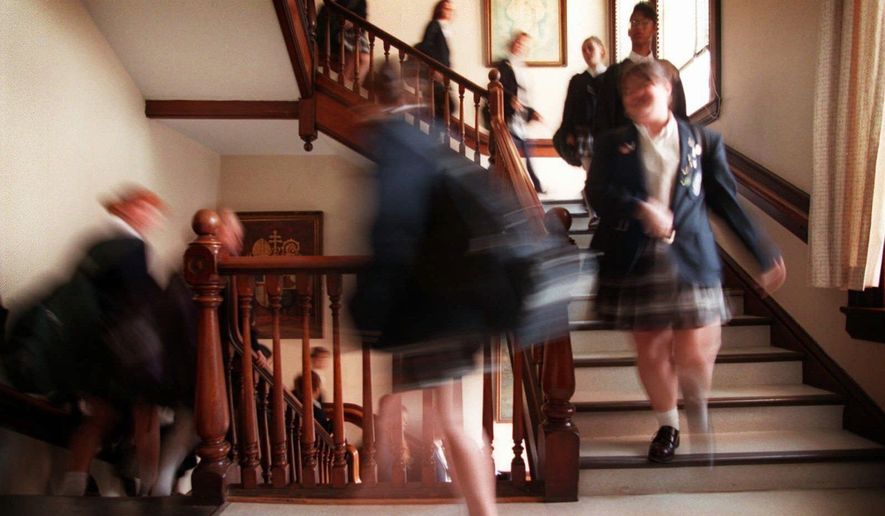OPINION:
In 1088, the first university in the world, the University of Bologna, was founded by the Catholic Church, primarily to teach canon and Roman law. The Catholic Church also established the first universities in France, in England, in Germany, in Sweden — pretty much everywhere.
That’s hardly a surprise. The Catholic Church, led initially by its monasteries, preserved what remained of civilization and learning in the West after the long, slow, terrible slide of the Romans. It is also no surprise that when the East was reopened in the 11th century, the Catholic Church led the way in translating and incorporating Greek and Arabic texts in the Western canon.
This emphasis on learning and teaching continues to the present day, even in frontier outposts and mission churches like the United States. Right now, there are about 6,000 Catholic schools teaching more than 1.5 million students in the U.S.
Catholic schools have provided superior education for generations of Americans, Catholic and otherwise. Many graduates of Catholic schools populate the ranks of American leadership, including Chief Justice John G. Roberts Jr. (La Lumiere, ’73), House Speaker Nancy Pelosi (Institute of Notre Dame, ’58), National Institute of Allergy and Infectious Diseases Director Anthony Fauci (Regis, ’58), House Minority Whip Steve Scalise (Archbishop Rummel, ’83), Tampa Bay quarterback Tom Brady (Junipero Serra, ’95), and Lady Gaga (Convent of the Sacred Heart, ’04).
The most well-known product of Catholic education in the United States is, of course, President Biden (Archmere Academy, ’61). Mr. Biden has credited Archmere with being formative in his life, but given his inability to even say anything contrary to abortion or positive about motherhood, Archmere may not want all the credit.
What makes Catholic schools different is that they understand education to be an essential part of salvation. That means that everything taught and everything learned is specifically directed at understanding God’s creation and our place in it.
In our post-Enlightenment age, society deifies reason, without reflecting on the fact that over the years reliance only on reason has allowed people to come to diametrically opposed conclusions about what is true, beautiful, useful. Facts and reason without context and values are at best meaningless and at worst, destructive.
Judgment and decisions and one’s life must be informed by values and beliefs as well as knowledge. As Aristotle noted, ”Educating the mind without educating the heart is no education at all.”
Government schools usually produce what they are designed to produce — reliable citizens who have skills to operate the machinery of the modern world but whose curiosity about the transcendent is kept at a safe distance.
Catholic education, on the other hand, tends to produce people who are comfortable with the notion that the present and the tangible are not all there is, nor are today’s rulers either always right or even liable to remain rulers indefinitely.
Those of us fortunate enough to be educated in Catholic schools were glad to be so. As Justice Sonia Sotomayor (Cardinal Spellman, ’72) said: “Parents who send their children to these [Catholic] schools are parents like my own, who actually have faith in the Church. Faith that it will provide their children with safety, a decent education and values about life and others. This is an institution that stands for all good in the world.”
• Michael McKenna, a columnist for The Washington Times, is the president of MWR Strategies. He was most recently a deputy assistant to the president and deputy director of the Office of Legislative Affairs at the White House.




Please read our comment policy before commenting.